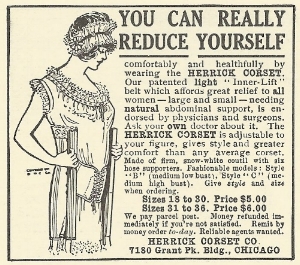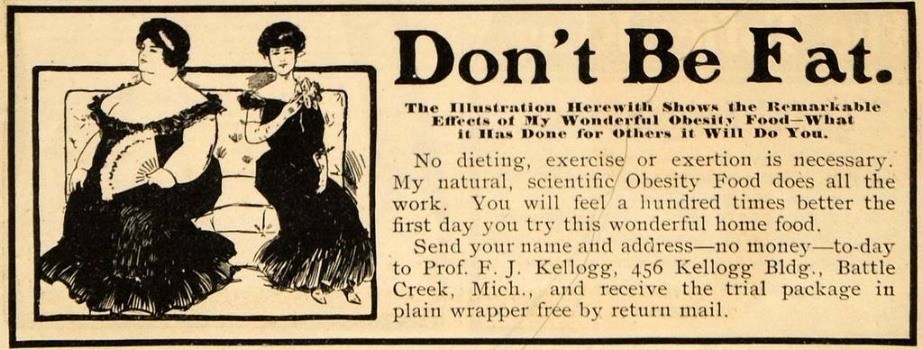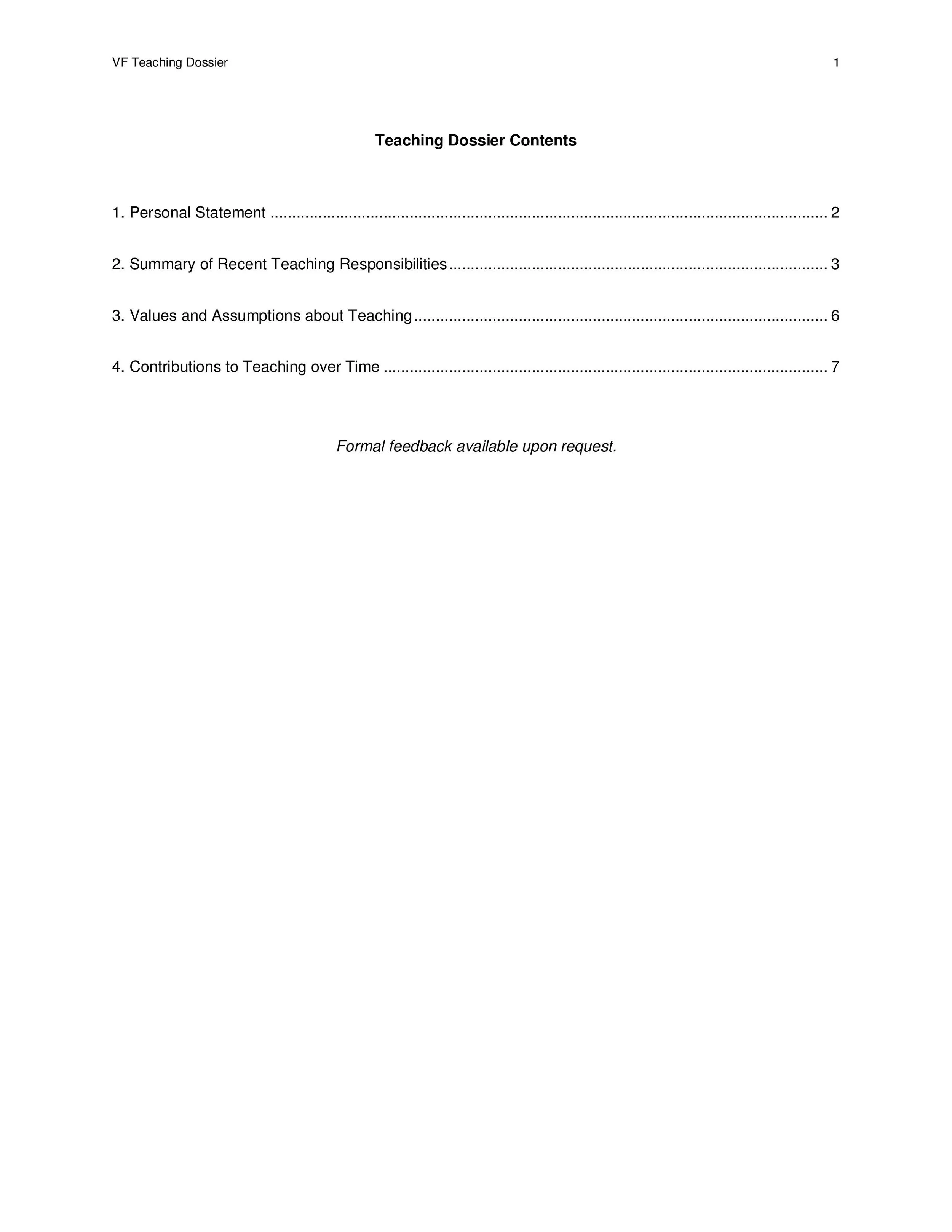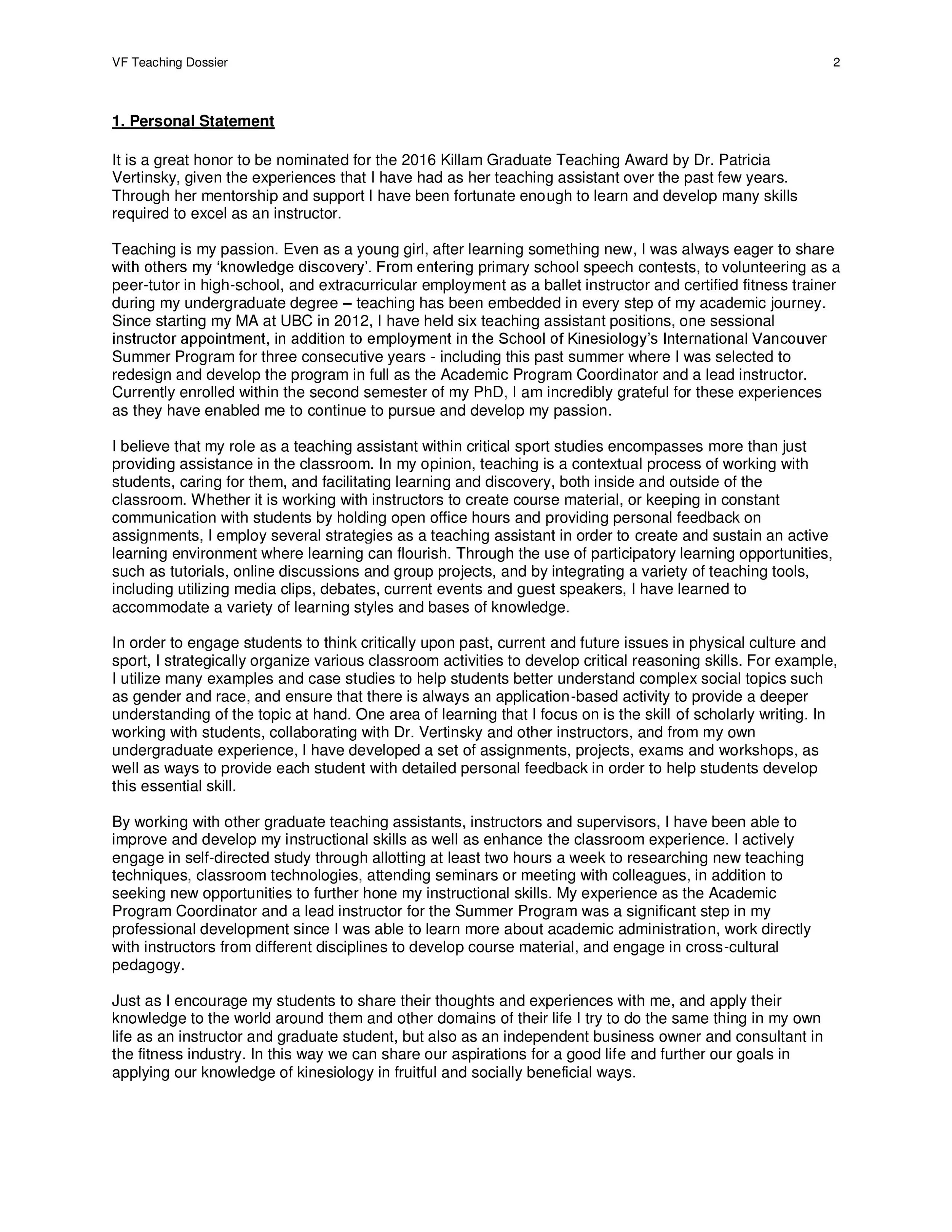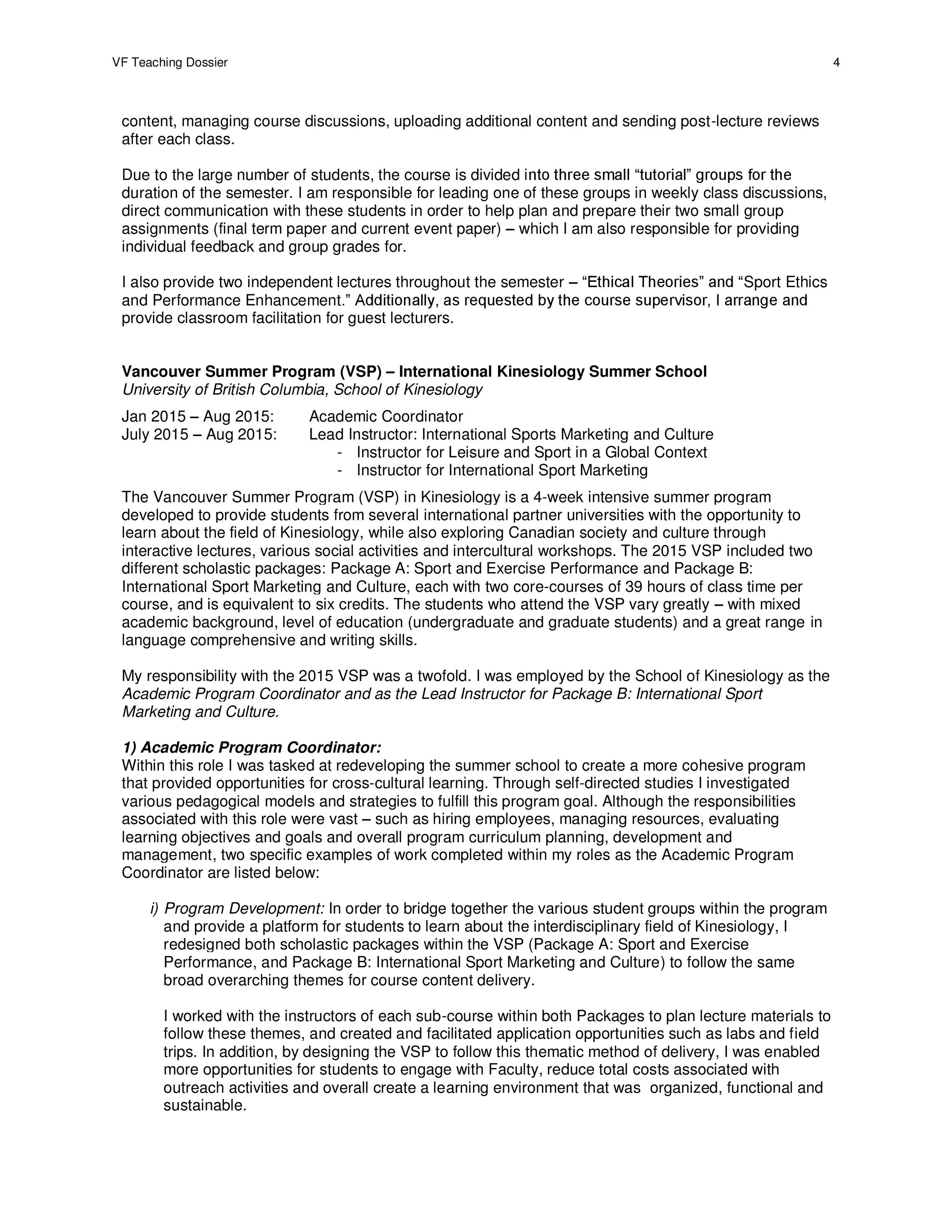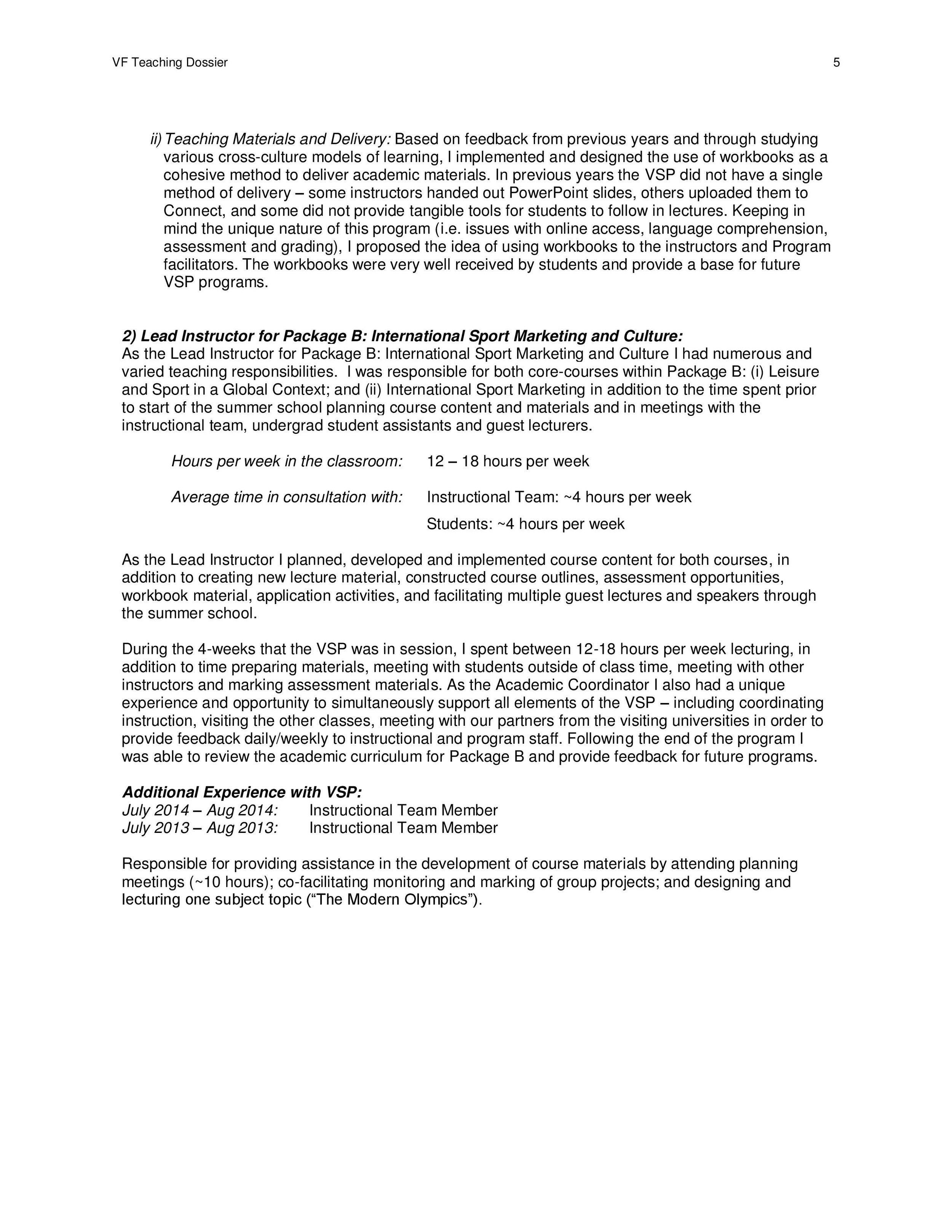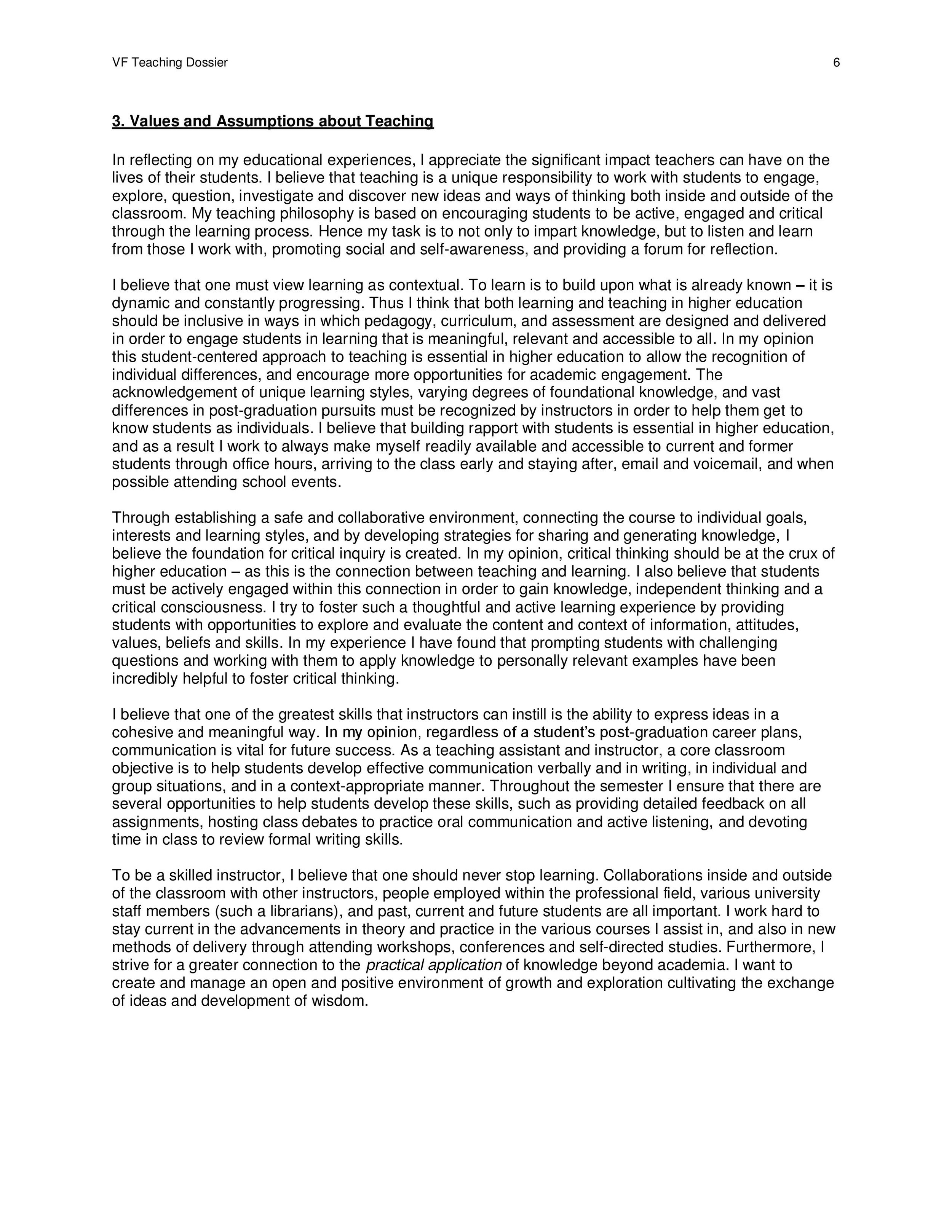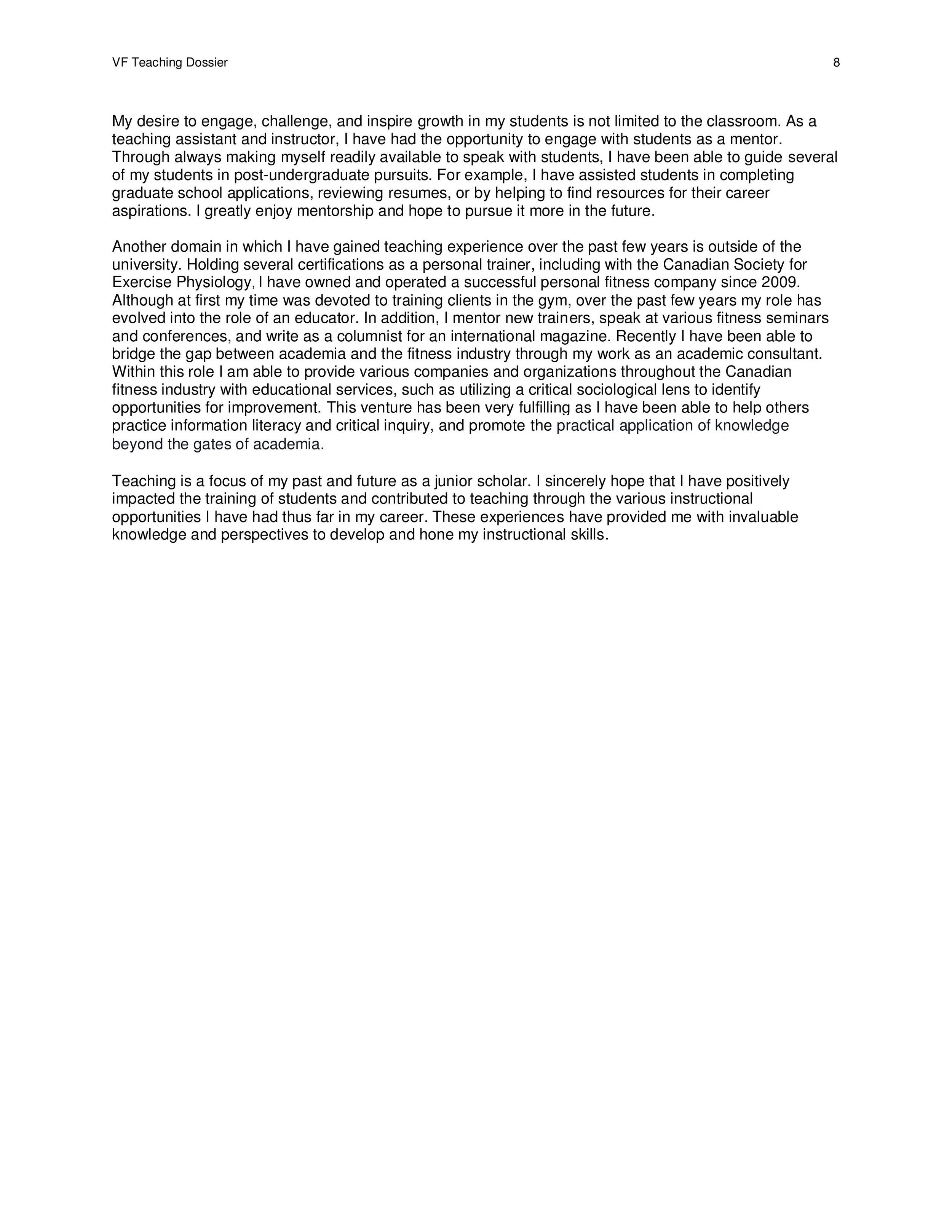Wake up fitfam, we've never been just about fitness.
Another day, another social media fitness celebrity exposed as being nothing more than a photo-shopped fraud. With every unmasking of a new fiternet’s detox tea-toting ‘30 days to a new you’ program pusher, it seems like people become more vocal about the lack of morals present in today’s booming fitness industry. But the reality is, we're just another new chapter in the never ending story of fitness quackery.
Truth be told, the selling of overpriced gimmicks by muscular profiteers is nothing new. Well-marketed quick fixes sold by charlatans and pseudo-scientific methods of muscle building are merely a persistent continuum of deception and delusion.
Don’t believe me?
Turn to the pages of history, and you’ll find countless examples of fit myths from the past being resold in contemporary culture. In fact, I was overwhelmed with what choices to pull as evidence to demonstrate the reselling of stupidity that exists in contemporary fitness culture.
Without further ado, welcome to the never ending story of fitness quackery. It’s just like in the 80’s classic film - except for here people continue to voluntarily leap into an abyss of lies and gimmicks thanks to the irresistible pull of the destructive fitness phenomenon.
Exhibit A: Centuries of Corseting Controversy.
Spanning over 400 years, the history of ‘waist training’ is long and tumultuous. Just open up Instagram and you’ll find anyone from fitness pros and D-list celebrities ‘praising’ the tummy-toning abilities of corset. From instruments of torture to a device used to control women and exploit their sexuality, wearers have been warned of corseting’s potential harm from the beginning.
Throughout the mid-1700s and 1800s, women wore corsets as a way to protect themselves from the potential harm of everyday life. During this period women were assumed to be the ‘weaker sex’ and that their bodies needed the additional support. Regardless of medical authorities associating corset use with women becoming physically harmed or disfigured, women continued to wear them. Talk about vanity insanity.
By the turn of the 1900s an emphasis on female health was in vogue, and fitness helped to perpetuate the idea that without exercise a woman could not be beautiful… oh ‘strong is the new skinny’ discourse you are the bane of me! As a result, women were urged by tighten up their corsets, go on diets, and weight train in order for them to achieve the popular “hourglass” body ideal. To help women participate in exercise and sports… you know without passing out from a lack of oxygen due to overly tight corset, a new ‘healthier’ more comfortable flexible elastic sport corset was introduced in the 1920s.
During the next decade other fantastical products were paired with the corset for ‘optimum results’. For example, a 1930’s fitness publication titled ‘Stay Slim’ promoted women using herbal and iodine compresses to spot-reduce while wearing “very tight corsets in the daytime and an elastic belt around the stomach at night.” Even with mountains of evidence in support of exercise and diet as far better and healthier alternatives to achieving a ‘tight and tiny’ midsection, to this day women continue to squeeze into corsets in pursuit of quick-fixes and an unrealistic beauty ideal.
Over the last five years or so, there has been a resurgence in corset use within the fitness industry – which, unfortunately was swallowed by popular culture without hesitation. From #fitchicks to pro bodybuilders, the Kardashians to middle-aged housewives, ‘waist training’ by way of corsets and other torture-devices are back with vengeance.
Keep in mind, it’s not all bad when it comes garments that tighten the torso. There are specific medical purposes where corsets are believed by some practitioners to have a profound effect on an individual’s quality of life, or as a clinical recovery tool. Not included in the therapeutic uses of a corset: (i) aide in creating big booty:waist ratio, (ii) become an illusionist.
Exhibit B: Pills, Potions and Profits.
Flip open a magazine or scroll through your social media newsfeed, and you’ll probably find a wide arrange of products that can miraculously help you to achieve just about anything in weeks, with little effort, and with a hefty cost for both your bank account and body.
To say that dietary supplements have an extensive history is a bit of an understatement. Indeed, ergogenic aid use goes all the way back to the 6th century. Although athletes are often associated with the use of performance enhancing substances, at the turn of the 20th century everyday people were starting to use a wide array of crockery to cure just any body concern.
From monkey glands to bags of sugary sweets, oxygen elixirs to cocaine-brandy tablets, and even rat poison – for every ailment, there were brilliantly marketed quick fix ‘products’, that were backed by pseudo-science and supported by an “expert.”
One of my favorites from this era was a thyroid-based mail-order treatment for obesity sold by Frank J. Kellogg.
Like many obesity exploiters of this era, his weight reduction “anti-fat” tablets helped him to become a millionaire by claiming to cure ‘fat’ without diet or exercise. What set Kellogg apart was the admiration he earned for his business and self-promoting skills.
The “King of Anti-Fat” turned product into profit by taking advantage of his well-known last name (although not related to the famed family) and escaping investigation by the American Medical Association for years by labeling his obesity-remedy as a food product and not medication… sneaky, sneaky! As a result, Kellogg’s fame and fortune didn’t last long at all. In 1921 he was ordered to cease marketing and destroy his inventory after it was found that his anti-fat ingredients were dangerous and highly toxic.
Unfortunately, there are still countless supplement companies who are following in Kellogg’s footsteps. Except for, their reach, tactics, and destruction are far greater than those used by former King of Anti-Fat. Today the industry is like the Wild West, with more bank robbers than sheriffs. To survive the heist, spend less money on delusional and dangerous products, and more time looking into specific ingredients from legitimate research resources.
Money vs. Morals?
Hidden amongst wooden weights, classic physiques and zubaz pants, inside the former days of fitness there are curious cures and expensive devices that are no different than those sold by today’s social media charlatans and swole-bodied swindlers. Fitness quackery isn’t anything new. It’s a bunch of old recycled remedies and repackaged gimmicks that have been paired with the right buzz word, praised by a pro or ‘expert’ and used to prey upon a very body-conscious and gullible #fitfam.
Will morals ever come before money?
Doubtful.
Just like those fantastical “before and after” pictures that bombard us every Tuesday, the industry will never actually transform. It will simply keep presenting an illusion of healthy bodies and a fit living façade, as it keeps yo-yoing along a continuum of deception and delusion. The never ending story of fitness quackery continues as it "is another story and shall be told another time."
What do you think. Can the #fitmyth ever be stopped? Or are we going to simply keep turning pages in the never ending story of fitness quackery.





